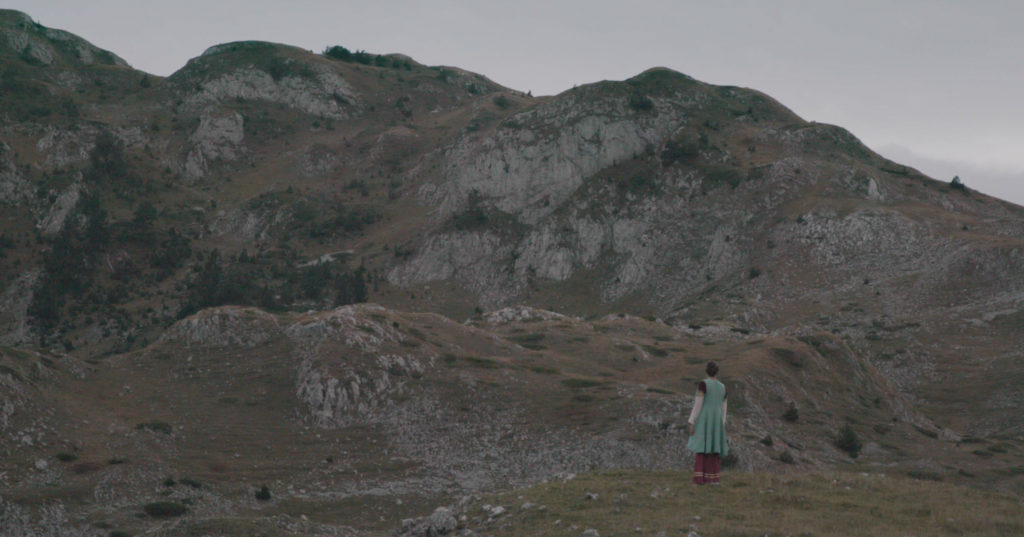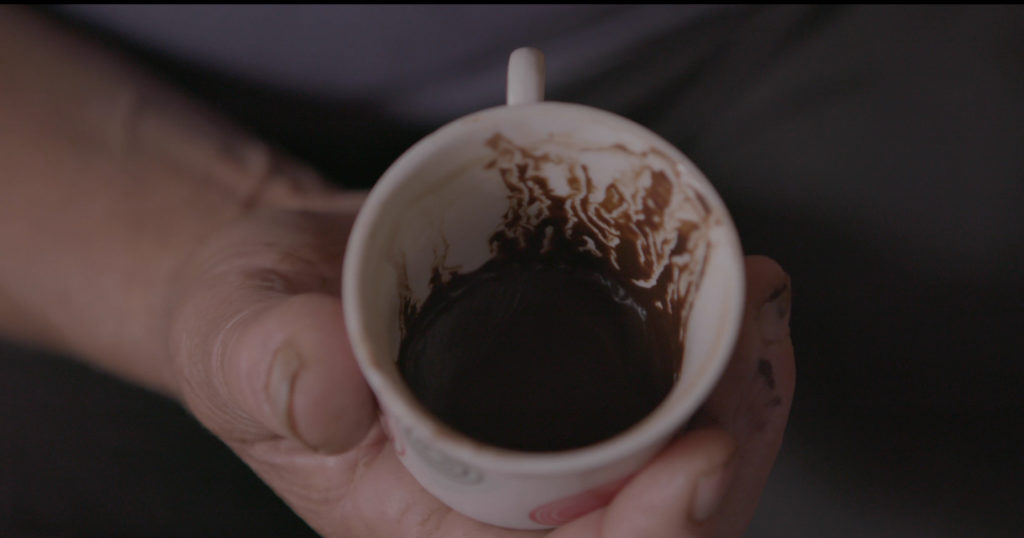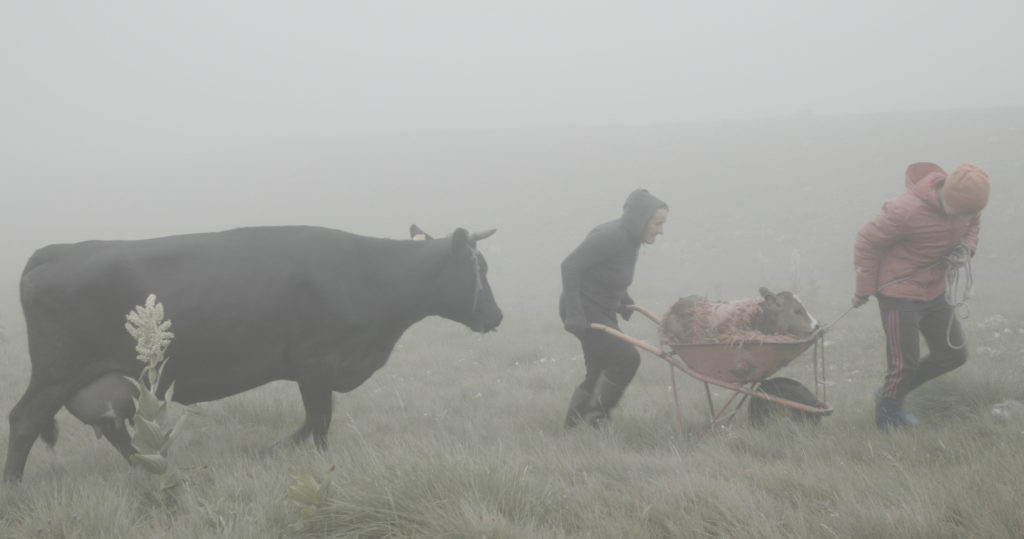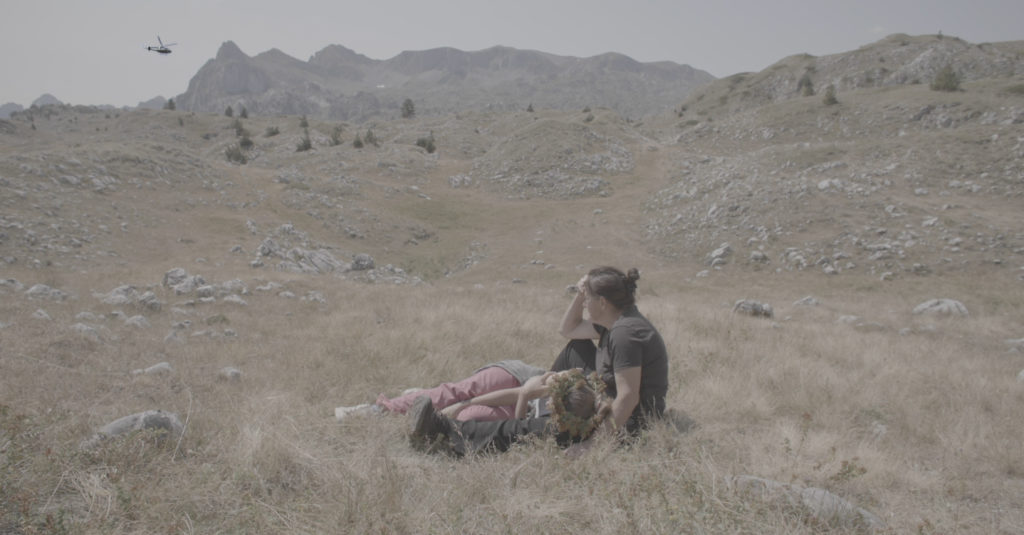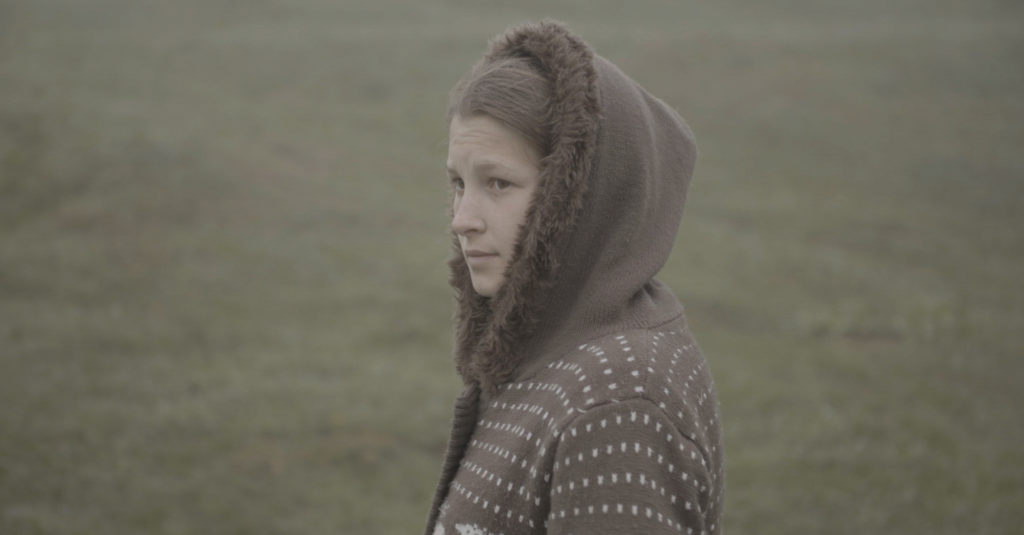The Last Nomads
Gara, in her sixties, lives half the year on the high pastures where she finds the work and gestures of the nomadic tribe of which she is the descendant: breeding, cheese making and gathering medicinal herbs. Her husband and children live in the city, but come to visit her regularly. Only Nada, the youngest, spends all her time with her. The little girl is 13 years old, and Gara passes on all her knowledge to her.
But Gara is worried. Violence threatens from all sides. Since Montenegro joined NATO, a military base project in the heart of the mountain pastures is becoming more and more precise, more and more pressing. Even if Gara and the other inhabitants have united and are fighting, nothing is won.
And then there is Nada's biological father, guilty of the murder of his wife, Nada's mother, who is soon to be released from prison. It is Gara, the sister of the victim, who allowed his arrest. Will the murderer come for revenge? Will he want his children back, forcing Nada to leave the mountain where she grew up?
And what kind of life does Nada dream of?
| Genre | Documentary |
| Language | Montenegrin / English |
| Executive producers | Wake Up Films |
| Coproduction | Stenola productions and Cut Up Production |
| Partners | Taxshelter.be, The cinema and audiovisual center of the Wallonia-Brussels Federation |
| International sales | Syndicado |
From April to October, the semi-nomadic Bjelopavlić tribes have always grazed cattle on the Sinjajevina plateaus. In 1881, King Nikola Petrovic gave them the right to build a "katun" - a collection of shepherds' huts - there by special order. Today, with urbanization and rural exodus, the katuns are beginning to disappear. But some have been preserved and, even today, a significant number of families continue to stay there during the summer. The largest of them is the katun O krugljak where every year, about fifteen families settle with more than four thousand sheep. This is the katun of Gara and Nada. The katun of O krugljak is also the best preserved in Montenegro. With the support of the shepherds, a group of local and European scientists - anthropologists, archaeologists, historians, geographers and biologists - have set up a strategy to obtain the ICCA (Indigenous Cultures Conserved Area) label, which would allow the sanctuary of this area of indigenous culture and extraordinary biodiversity. Thanks to their work, Sinjajevina Mountain is now a topic of discussion in the European Union Parliament, at the European Commission and at UNESCO.
However, at the same time that the Montenegrin government was working, with the financial support of the European Union, to elevate Sinjajevina to the status of a natural park in order to protect it from all forms of human disturbance, the same government decided to install a military training center there. Freshly admitted within NATO, it was a question for Montenegro, strategic territory not far from Russia, to give pledges of its voluntarism and its engagement within the alliance. We were among the shepherds when they learned this terrible news. This announced upheaval obviously totally redefined our approach and our film project. We now had to witness, alongside the pastoral community, what was going to happen to their living environment, to their ecosystem. During the first demonstration organized to protest against the NATO project, a woman took the floor. We were struck by her energy and strength of conviction. She was holding a little girl by the hand. Gara and Nada. We did not know anything about their story yet.

